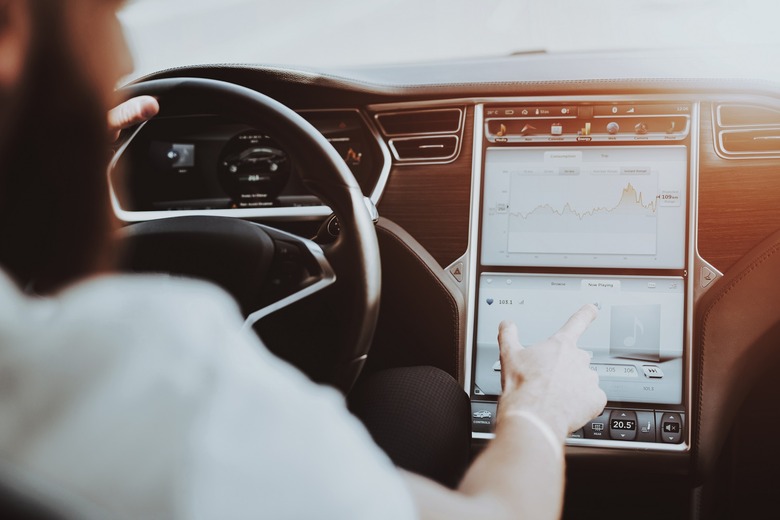Breakthrough Use Of Camera Footage And AI Might Help Detect Drunk Drivers And Prevent Accidents
Researchers from Edith Cowan University (ECU) in Australia might have developed a game-changing technology that could help save lives on the road. They created a new computer algorithm that can tell whether a person behind the wheel is driving under the influence. This AI technology could allow law enforcement to detect drunk drivers earlier than they do now and prevent potentially deadly accidents from happening.
Future implementation of such technology could be used in smarter cars to prevent drunk drivers from actually starting a drive while intoxicated.
The researchers published the study and presented their findings at the IEEE/CVF Winter Conference on Applications of Computer Vision.
The Australian scientists partnered with Mix by Powerfleet to collect footage data from alcohol-impaired drivers that were observed in a controlled but realistic environment. The researchers divided the participants into three groups before using a simulator to capture footage with a camera: Sober, low intoxication, and severe intoxication.
They fed the resulting video to a machine learning system, or AI. The system interpreted changes in the standard RGB video of the driver's face to determine the degree of drunkness. The AI analyzed various aspects, including facial features, gaze detection, and head position.
"Our system detects varying levels of alcohol intoxication impairment, with an overall accuracy of 75% for the three-level classification," ECU Ph.D. student Ms. Ensiyeh Keshtkaran said in a statement.
That percentage might not seem high enough, but it's still an incredible accomplishment. If the technology can be used to detect three out of four drunk drivers early, it could have a significant effect on accident prevention.
The ECU says that drunk driving is the number one factor in some 30% of fatal crashes in Australia. Also, statistics show that 1 in 5 drivers killed on Australian roads have a blood alcohol concentration of .05 or higher.
The researchers can always improve the AI models with additional experiments. They're already looking to determine the kind of image resolution the AI needs to detect drunk drivers.
If they can get the technology working with surveillance cameras placed on the side of the road, law enforcement can prevent drunk driving more effectively than conducting random checks or stopping drivers driving erratically.
That's the key advantage of the system. It offers a novel approach, as law enforcement might catch drunk drivers at the beginning of a drive rather than after they've had a chance to operate a vehicle under the influence of alcohol for an extended period of time.
A future version of the system could be integrated into road cameras that can already detect other types of risky driving behavior, such as using a phone or not wearing a seatbelt.
Keshtkaran also mentioned efforts to integrate driver alcohol detection systems into future vehicles. Some may focus on algorithms that look at driving behavior related to actual driving. Steering patterns, pedal usage, and speed might indicate drunk driving. Alcohol detection sensors could also determine whether a person is about to drive under the influence.
However, current systems have not also considered using computer vision technology to detect the risk of drunk driving.
The ECU researchers also noted that other detection methods would require drivers to start driving so algorithms can assess their behavior. By the time the system makes a determination, the drunk driver is already a risk on the road. Using AI to interpret real-time footage might be a faster, safer way to detect drunk driving before fatal accidents can happen.
That said, we're still looking at an early. More research might be required before Australian authorities integrate such technology in road safety cameras and make changes to legislation to allow the use of cameras for this purpose. But this is certainly an exciting use of AI for potentially preventing drunk driving accidents, one that authorities worldwide and smart car vendors should check out.
